I have pain, fever, and difficulty breastfeeding due to mastitis. However, I find the condition quite similar to cancer, is it possible? (Ha Yen, 33 years old, Vinh Long )
Reply:
There are two main types of mastitis: lactation-related mastitis, which usually occurs in breastfeeding women, and non-lactation-related mastitis. Non-lactation-related mastitis progresses more slowly and is easily confused with breast cancer. Treatment is also more difficult and takes longer.
Mastitis associated with lactation most commonly occurs in women who are breastfeeding (lactational mastitis) and causes swelling, heat, redness and pain in the breast, sometimes with fever and chills. The disease causes fatigue, exhaustion, and difficulty caring for the baby. Sometimes postpartum mastitis causes the mother to wean her baby early. But there are also cases where continuing to breastfeed even while taking antibiotics to treat postpartum mastitis can be better for both mother and baby.
Signs and symptoms of postpartum mastitis can appear suddenly and include: thickening of breast tissue or a lump in the breast; swelling of the breast; a warm, hot feeling on the breast; a red, wedge-shaped patch of skin. Some mothers experience pain or burning sensations constantly or while breastfeeding; and a fever of 38.5 degrees Celsius or higher.
Postpartum mastitis does not increase the risk of breast cancer. However, the symptoms of postpartum mastitis are similar to those of inflammatory breast cancer, a rare and dangerous type of cancer that causes a rash on the breast. Like postpartum mastitis, one or both breasts of a person with inflammatory breast cancer may become red and swollen. Inflammatory breast cancer does not usually cause a lump in the breast.
Your breast surgeon may recommend an ultrasound or mammogram, or both. If symptoms persist even after you complete a course of antibiotics, you may need a biopsy to make sure you don't have breast cancer.
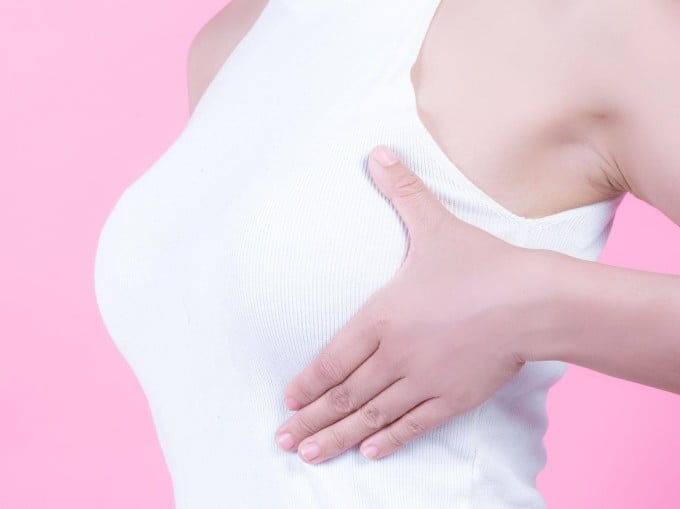
Postpartum mastitis causes swelling and pain when touched. Photo: Freepik
Incomplete treatment of postpartum mastitis or a blocked milk duct can cause a collection of pus (abscess) to develop in the breast. Abscesses often require surgical drainage. If symptoms appear: breast pain, nipple discharge, worsening after 24 hours of taking antibiotics or a few days of self-treatment at home, you should see a doctor. Causes of postpartum mastitis in women may include:
Blocked milk ducts: If the breasts are not completely emptied after a feeding, the remaining milk can clog one of the milk ducts. This blockage can cause milk to back up, leading to postpartum mastitis.
Due to bacteria entering the mammary glands: Bacteria from your skin surface and your baby's mouth can enter the milk ducts through cracks in the nipple or through the opening of the milk duct. Milk stagnating in the breast that is not completely expressed creates conditions for bacteria to grow.
Factors that increase the risk of postpartum mastitis include: having had postpartum mastitis before while breastfeeding; sore or cracked nipples. Postpartum mastitis can even develop without a crack in the nipple or skin. Wearing a tight bra or putting pressure on the breasts when using a seat belt (in a car) or carrying a heavy bag, limited milk flow; improper care techniques; too much stress or fatigue; poor nutrition; smoking... can also lead to this condition.
Master, Doctor Nguyen Do Thuy Giang
Head of Breast Surgery Department, Tam Anh General Hospital, Ho Chi Minh City
Source link


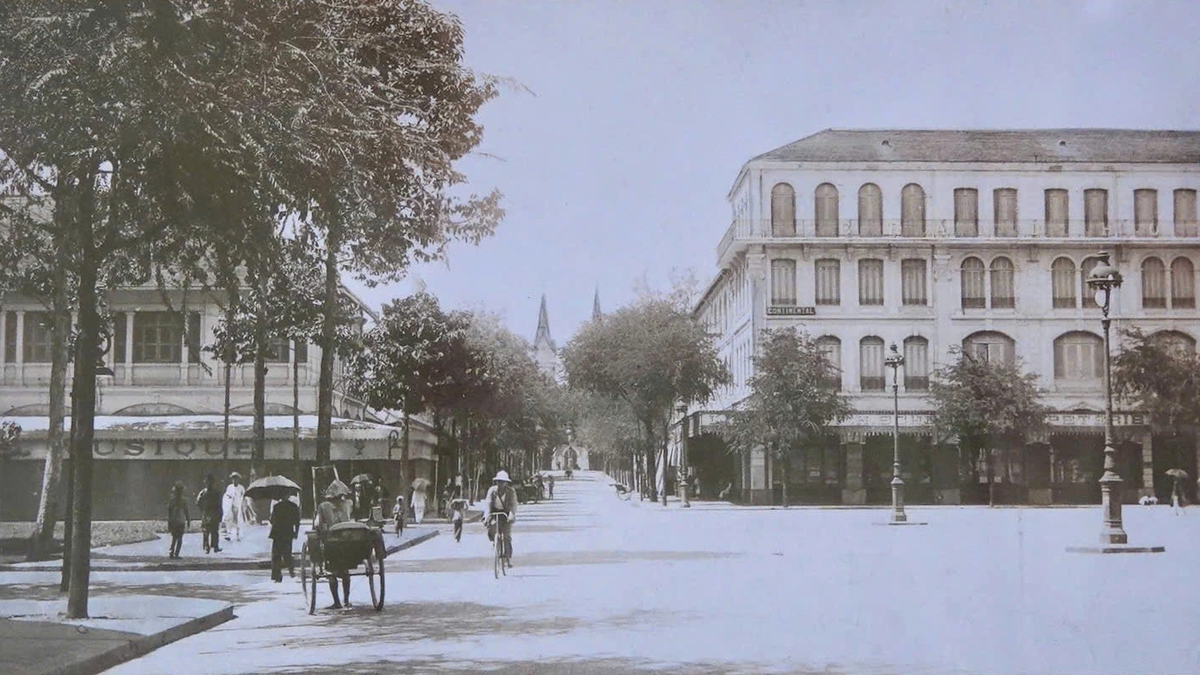
![[Photo] Prime Minister Pham Minh Chinh meets with Speaker of the Hungarian National Assembly Kover Laszlo](https://vphoto.vietnam.vn/thumb/1200x675/vietnam/resource/IMAGE/2025/10/20/1760970413415_dsc-8111-jpg.webp)
![[Photo] National Assembly Chairman Tran Thanh Man holds talks with Hungarian National Assembly Chairman Kover Laszlo](https://vphoto.vietnam.vn/thumb/1200x675/vietnam/resource/IMAGE/2025/10/20/1760952711347_ndo_br_bnd-1603-jpg.webp)
![[Photo] Solemn opening of the 10th Session, 15th National Assembly](https://vphoto.vietnam.vn/thumb/1200x675/vietnam/resource/IMAGE/2025/10/20/1760937111622_ndo_br_1-202-jpg.webp)

![[Photo] Chairman of the Hungarian Parliament visits President Ho Chi Minh's Mausoleum](https://vphoto.vietnam.vn/thumb/1200x675/vietnam/resource/IMAGE/2025/10/20/1760941009023_ndo_br_hungary-jpg.webp)
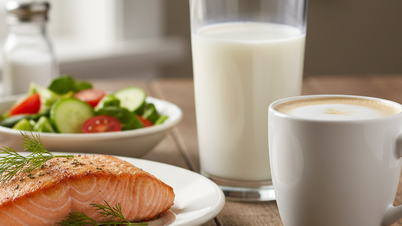



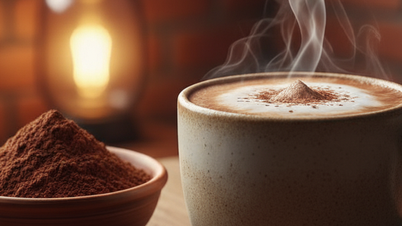
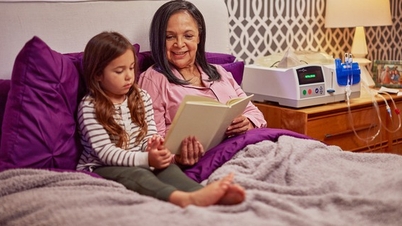

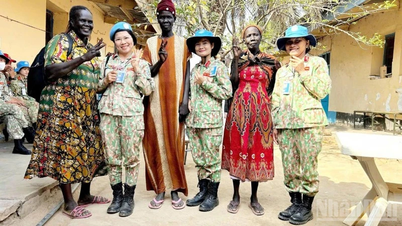
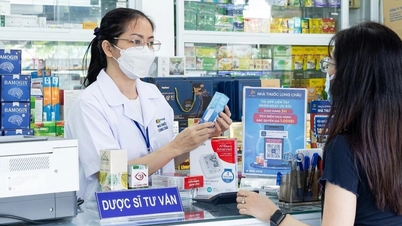











![[Photo] The Steering Committee of the 2025 Fall Fair checks the progress of the organization](https://vphoto.vietnam.vn/thumb/1200x675/vietnam/resource/IMAGE/2025/10/20/1760918203241_nam-5371-jpg.webp)


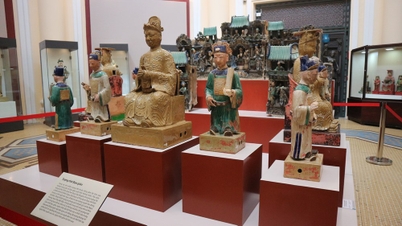
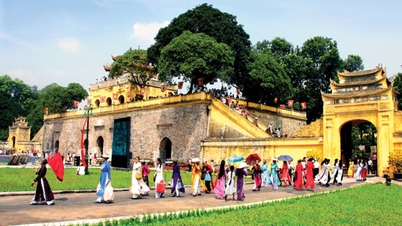

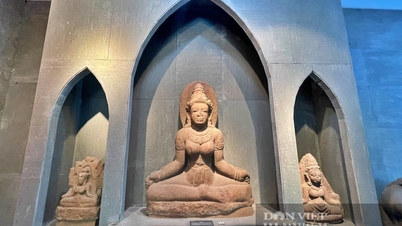

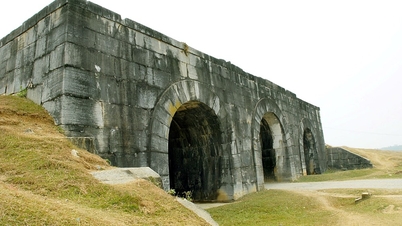
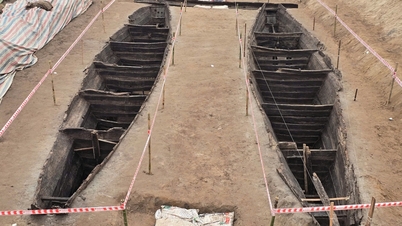
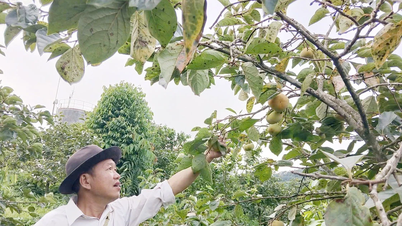





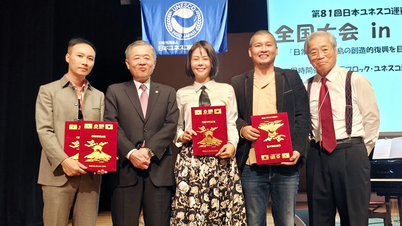


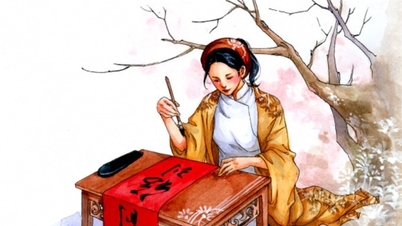




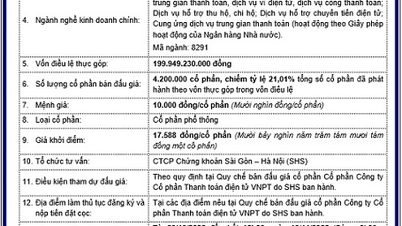
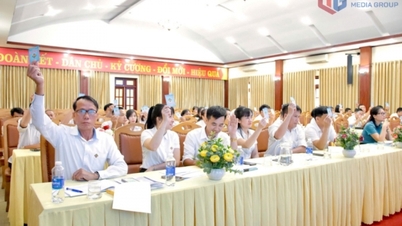

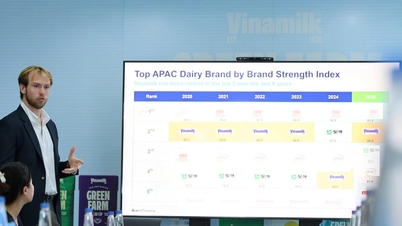

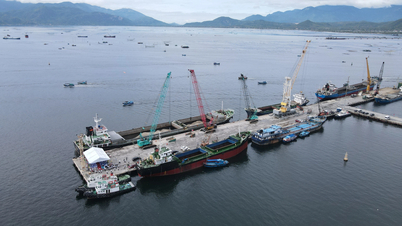






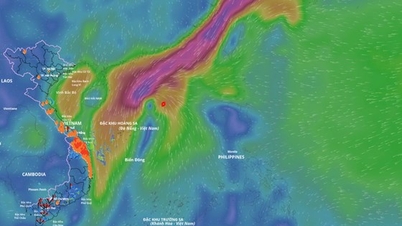

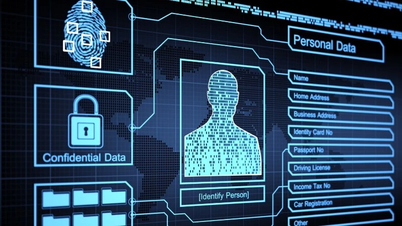

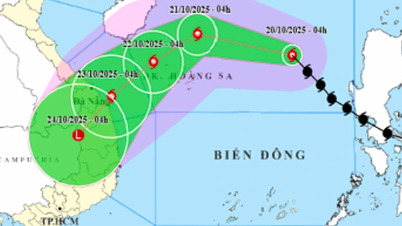

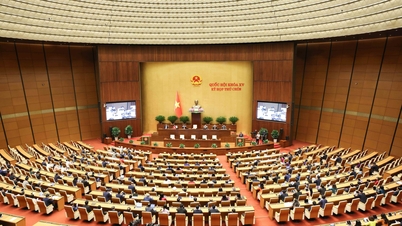


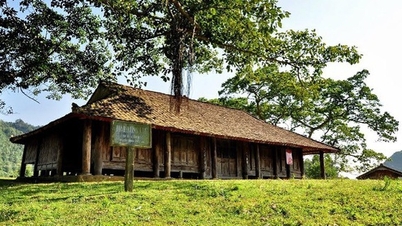

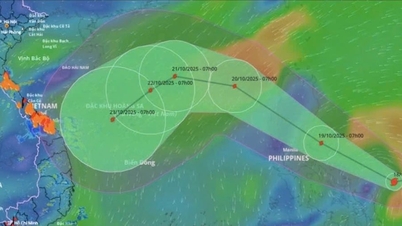



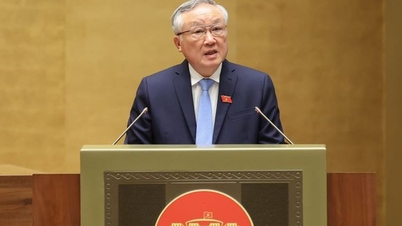
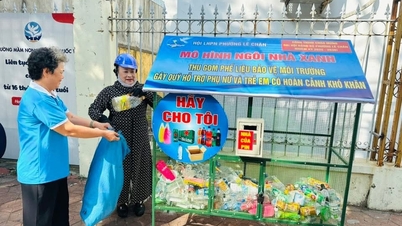


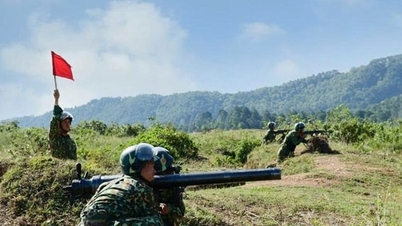
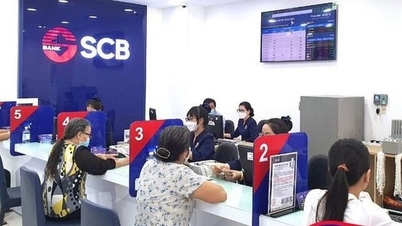
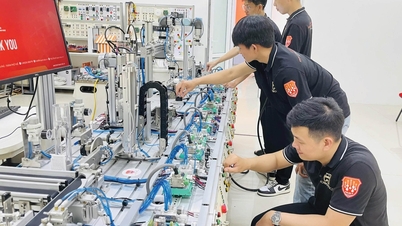












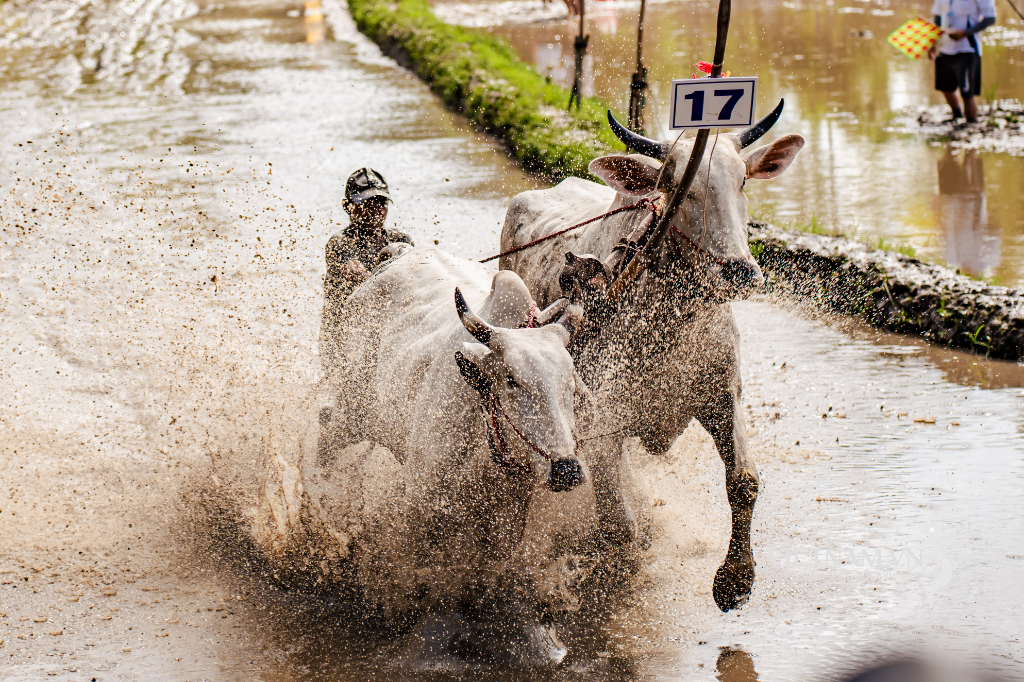


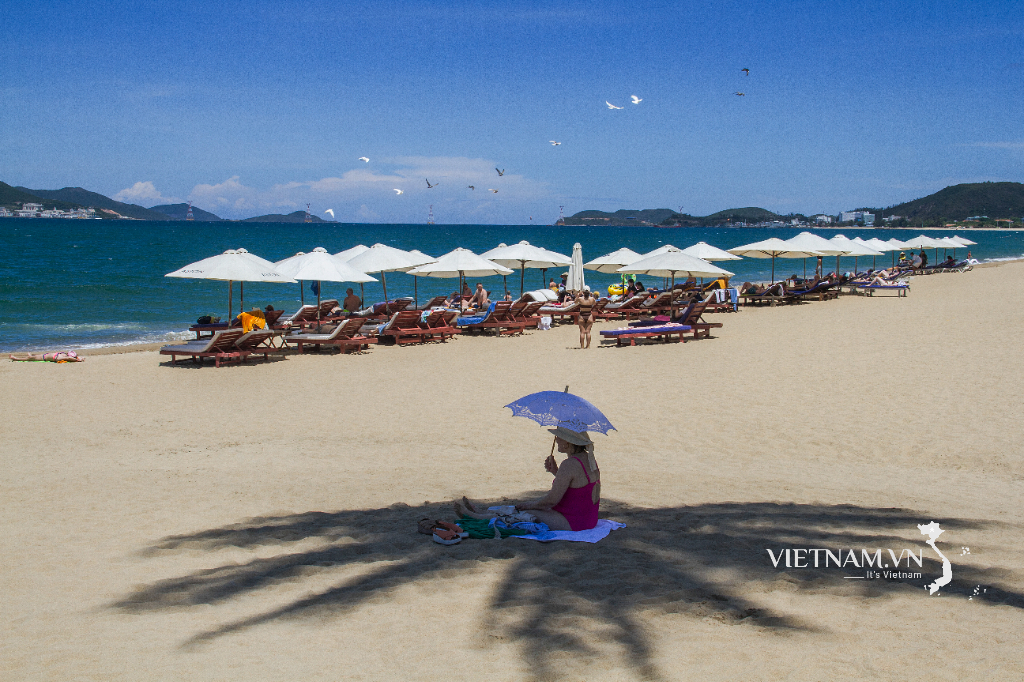
Comment (0)